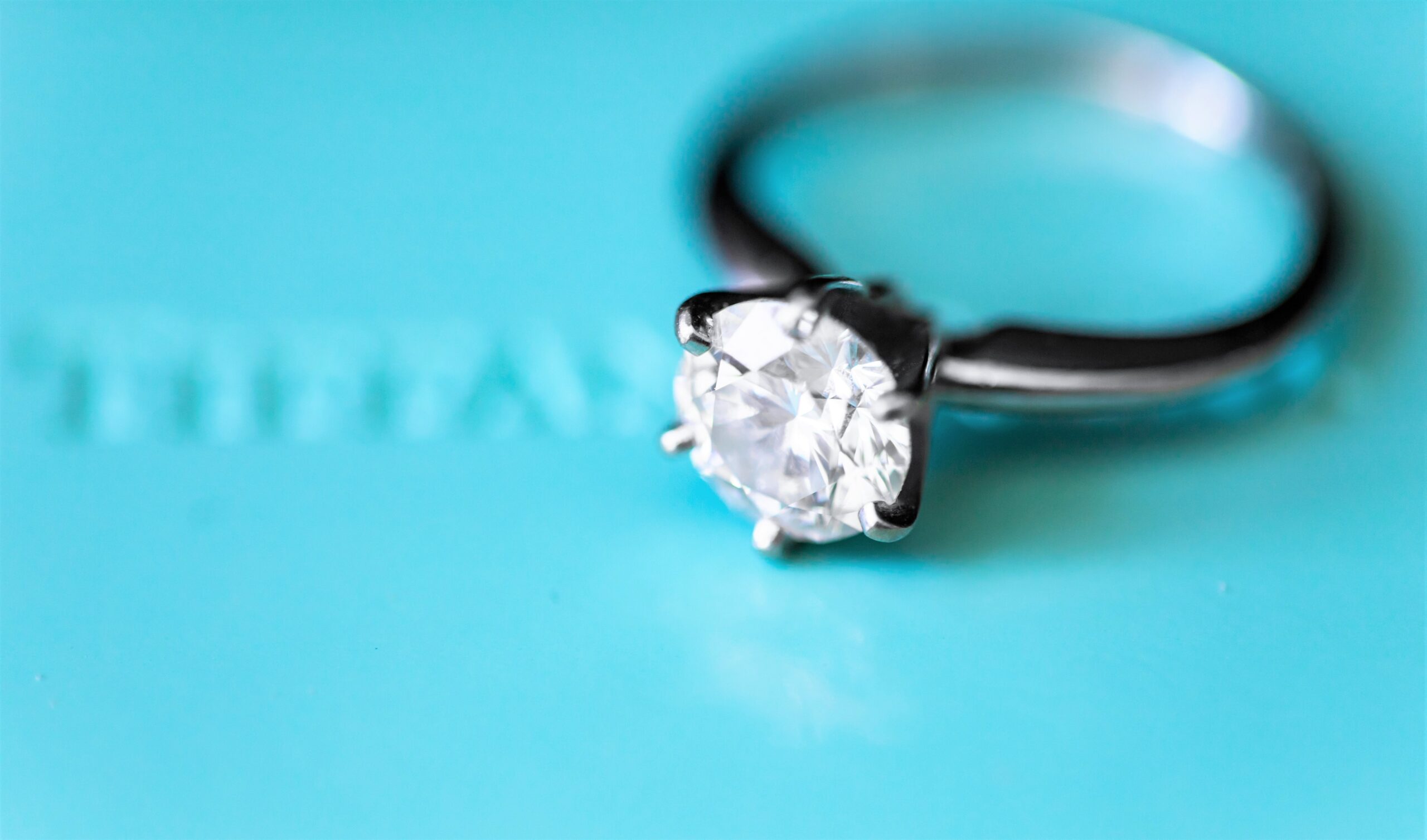The gorgeous red soles shoes made by the fashion designer Christian Louboutin which grace runaways have been the subject of numerous court proceedings and litigation. Why? The very ‘red sole’ for which Christian Louboutin shoes are famous for have been the subject of trademark laws all over the world. The brand wishes to trademark the particular red all across the globe as a single colour trademark. But the jurisprudence revolving around single colour trademarks is nothing short of complicated.
Colour trademarks count as non- conventional trademarks and hence there are various challenges towards registering them in various countries. It is well-established that a colour trademark can never be inherently distinctive, but that it can become protectable on proof of having acquired secondary meaning or distinctiveness.
The question before discussing whether Christian Louboutin can trademark a single colour is whether colours can be trademarked or not?
COLOR DEPLETION THEORY V. SECONDARY MEANING
The most conclusive judgement on the matter of colour trademarks came through the US SC which rejected all arguments given for a ban of registration of single colour trademarks. The colour depletion theory which has been rejected by the US Supreme Court in the Qualitex Case talks about all the colours getting trademarked and new companies having no colours to work with. On analysis also this is a rather odd theory as in general companies like Christian Louboutin use a particular shade (in this case Pantone e Pantone 18-1663 TPX “Chinese red”) of Red when, in general there are 100’s of shades of red.
The debate regarding whether a single colour can be trademarked or not, internationally ranges from the colour depletion theory to the source of product being identified as the colour takes on a second meaning. The colour depletion theory is based on the belief that there are limited colours in the palette and effectively if all of them get trademarked one by one, it would hinder competition. If we analyse the colour depletion theory, we can realise that it is never possible for colours to get exhausted because colours will only be given trademark if they get so popular that the product itself gets identified due to the distinctive colour. Now it is rather rare and cannot be an everyday occurrence for brands to become that popular that the colour used for their packaging or on their product is an identity on its own. Colour itself lacks the capacity to be distinct and rather there needs to be checked on how customers perceive the color and the product. There is still no test on how to prove or disprove if a colour that a brand is using has achieved the status. Cadbury tried to trademark the colour purple and initially won a case which would prevent other rival companies from using the colour purple, but Nestle filed an appeal against this order and won the appeal. On one side competition can get adversely effected and on the other hand companies may benefit from another rival company’s position by making deceptively similar products with the same colour and this poses a dilemma.
The most followed case in the history of fashion is the Christian Louboutin S.A. v. Yves Saint Laurent Am. Holding, Inc. – 696 F.3d 206 (2d Cir. 2012) it was clearly held that in this case Louboutin’s red can be trademarked and deserves protection. While it excluded shoes monochrome shoes where the entire shoe is red and the shoe’s upper part had to be a different colour.
INDIAN POSITION ON SINGLE COLOR
The Indian stance on whether a single colour not in combination is extremely confusing, especially because it goes back and forth on the same subject and gives different rulings.
The Indian case of the single colour trademark and the red sole was even more turbulent. The case was dealt by Delhi HC which gave different opinions in all its three judgements. In the first order, the court recognised the evident trademark while in the following order the judge held that there can be no such rights given to Louboutin as a single colour is incapable of being a trademark as per the act which governs trademarks in India.
Yet brands in India and outside have managed to register single colours as trademarks. It is harder to trademark single colours as the general principle of a colour never being inherently distinctive comes into play. The third order in 2017 issues by the court that Louboutins rights were recognised and further Louboutin received $30,000 dollars from Adra steps and Kamal Family Footwear. Deere & Company & Anr. vs. Mr. Malkit Singh & Ors and Christian Louboutin Sas vs. Mr. Pawan Kumar & Ors both held that Christian Louboutin has the rights. In the second case it was held that Louboutin had the exclusive ownership of the trademark of red colour on the soles of its ladies’ footwear.
The case of Christian Louboutin v Abu baker, in 2018 held that a single colour isn’t a combination of colours and hence doesn’t qualify as a mark and can’t be trademarked. The Indian court also rejected the position of Qualitex and held that the court will only give ruling based on trademarks act 1999 and not on basis of a foreign case. The case even rejected the position set in Deere & Company & Anr. vs. Mr. Malkit Singh & Ors and Christian Louboutin Sas vs. Mr. Pawan Kumar & Ors.
The distinctive blue colour of Parachute oil bottle has been given protection by the Delhi high court. Victorinox and Telekom also have their representative colours registered and the Christian Louboutin v Abu baker judgement even raises questions on the already trademarked and protected colours. The entire jurisdiction of single colour trademarks is complicated.
As Christian Louboutin wins and loses court cases and rights for trademark in several countries – the question arises whether single colours can be trademarked or not, especially in the fashion industry, realising the importance of colour in the industry has still been left unanswered. The test of secondary meaning is one of the valid tests which can be used to see if a company or designer can trademark a colour. In the fashion industry tiffany blue is another popular shade which has been trademarked and has protection on the other hand Burnt orange is trademarked for the university of Texas. Monopolising on the colour spectrum may also affect creative choices and artistic expression which is one of the reasons the trademarks should be granted carefully after thorough analysis. Christian Louboutin shoes is also often called red soles or popularly referred to as red bottoms and has even made its way to popular songs with a reference to the colour red which shows that there is a distinct link between the product and the colour.










